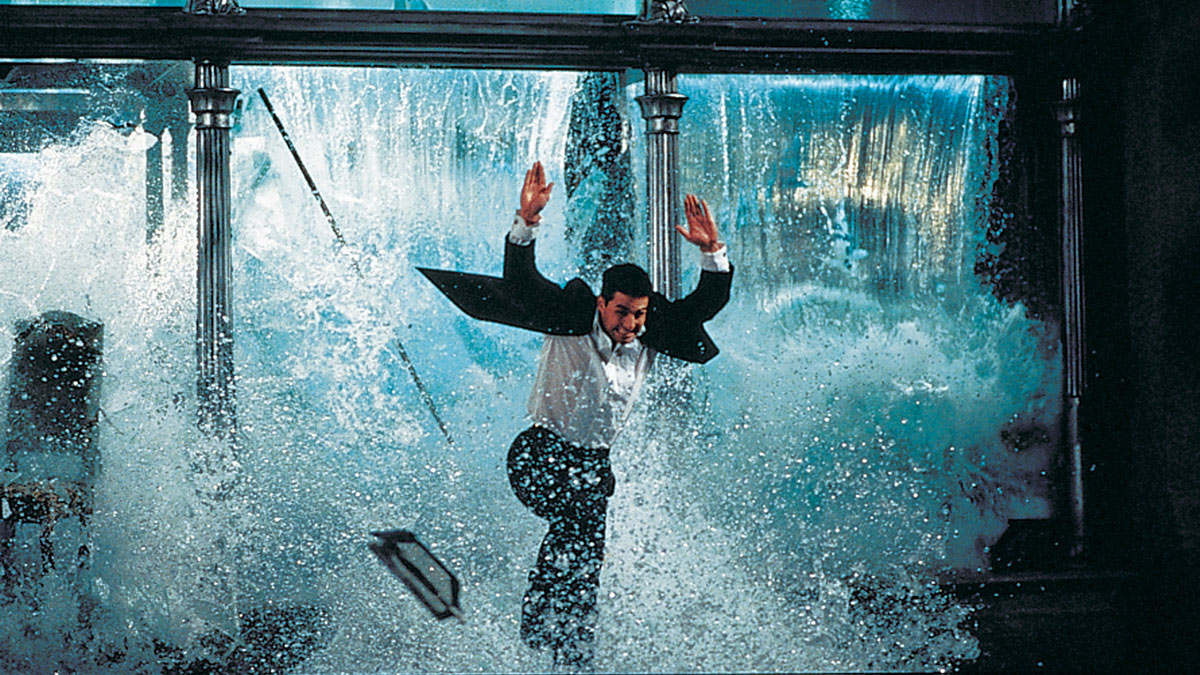
(C) 1996, 2018 Paramount Pictures. MISSION: IMPOSSIBLE(TM) IS A TRADEMARK OF PARAMOUNT PICTURES. ALL RIGHTS RESERVED.
Who gets the credit for “Mission: Impossible”? M:I series from the perspective of the producer and director *Note! Contains spoilers.
2019.08.30
*This article touches on the core of the story, so we recommend reading it after watching the movie.
“Mission: Impossible” synopsis
Agents of the top-secret spy organization IMF infiltrate Eastern Europe under orders. However, the plan was compromised by the enemy, and most of the members were killed except for Ethan Hunt, who narrowly escaped. Ethan learns that someone is trying to make him a traitor, so he takes on a new mission to uncover the conspiracy...
Index
-
Direction of the “Mission: Impossible” series
-
Brian De Palma and "Operation Spy"
- Espionage thriller
-
Tom Cruise's producing ability
Direction of the “Mission: Impossible” series
Of all the films starring Tom Cruise, his most famous film is ``Mission: Impossible.'' There are currently six films in the series, and new releases have been announced for release in 2021 and 2022. All of the series are produced by Tom Cruise himself, with Bad Robot joining the production after the third film, with J.J. Abrams following up.
You can see something of that influence in his three recent works. `` Ghost Protocol '' (11) is the first live-action directorial work by Brad Bird, who has made a name for himself as an animation film director, but there is nothing particularly ``like an animation director'' or ``like Brad Bird.''
“Mission: Impossible Ghost Protocol” trailer
`` Rogue Nation '' (15) and ` `Fall Out ' ' (18) were directed by Christopher McQuarrie, a former screenwriter. This is a work with a rough structure.
In ``Fall Out,'' in particular, fundamental aspects such as storytelling and consistency are largely ignored, and instead the emphasis is placed on how to deliver extreme action in quick succession. The script was created ad hoc on the spot while filming the action scenes. This is a story by Christopher McQuarrie.
“Mission: Impossible Fallout” trailer
In the last three films, the director's ``authorship'' is either absent or difficult to discern.
However, the ``authority'' that appears in the first three films in the series is very easy to understand and can be attributed to each director. In `` Mission: Impossible 2 '' (2000), John Woo showed his full potential as a writer, with a white pigeon flapping its wings and two pistols flying sideways.
`` Mission: Impossible 3 '' (2006) is J.J. Abrams' debut film as a director, but he seems to have come from a TV drama series, and he uses a MacGuffin to pull out mysteries, packs in a variety of action, and ultimately becomes ``Rabbit Foot''. What is that?'', making you forget about the mystery.
It was probably due to the success of the first film directed by Brian De Palma that the director decided to fully demonstrate his authorship in the second and third films.

